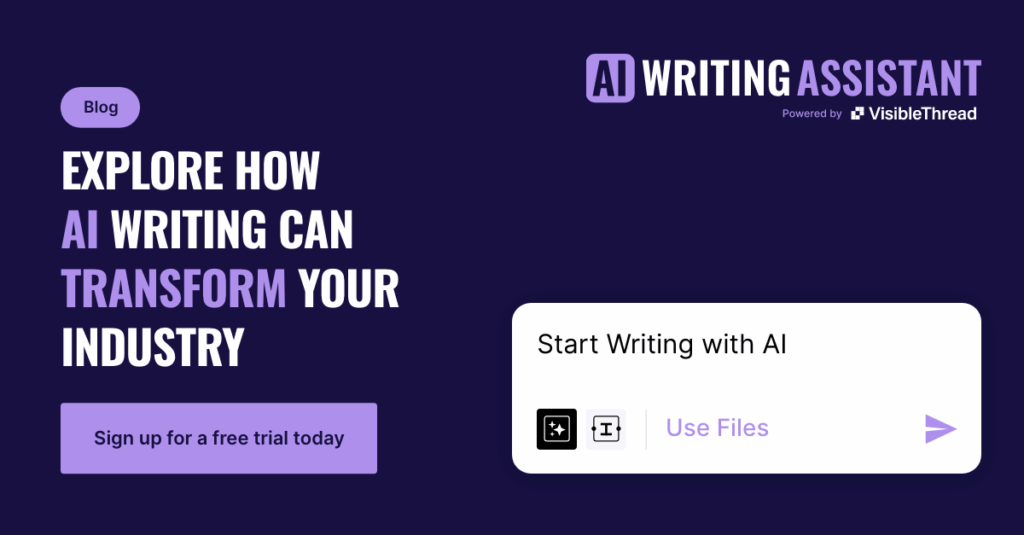AI tools are powerful-but they’re only as good as the prompts you give them. In enterprise environments, where accuracy, tone, and compliance are critical, crafting effective prompts is the key to generating content that meets high standards and aligns with business goals.
Below are eight essential ingredients for writing better AI prompts, tailored specifically for large organizations:
1. Give Your AI an Identity
Start by defining who the AI is. This provides important context and influences tone, terminology, and content accuracy. For example:
“You are a senior compliance officer at a Fortune 500 company. Help me draft an internal communication outlining updated data privacy protocols for the global HR team. Reference the attached PDF of last year’s communication, our internal compliance style guide, and the recent feedback memo from legal.”
Giving the AI a defined role-along with supporting context-aligns the response with enterprise expectations and leverages institutional knowledge for more grounded and accurate output.
2. Be Very Specific
Vague prompts lead to vague results. Add as much detail as possible:
- Topic (e.g., “quarterly compliance report for financial services”)
- Target audience (e.g., “senior leadership team in EMEA” or “IT security team”)
- Key requirements (e.g., “formal tone, 300 words max, include summary of regulatory changes”)
The more precise you are, the more usable and relevant the output.
3. Incorporate Learning or Compliance Objectives
If your content supports employee training, onboarding, or compliance, tie your prompt to those outcomes. For example:
“Generate a training module that explains our updated cybersecurity protocols to new hires in the IT department.”
This ensures the AI-generated output contributes directly to internal enablement goals.
4. Define the Audience
Tailor the prompt for a specific audience within your organization:
- A compliance analyst in EMEA
- A procurement lead in a government agency
- A VP of Sales reviewing quarterly performance
This helps the AI generate content that matches the recipient’s knowledge level and business function.
5. Use Open-Ended Questions
Instead of yes/no questions, ask:
- “What are the potential risks of deploying AI in regulated industries?”
- “How can a global enterprise improve cross-departmental collaboration in large-scale proposals?”
Open-ended prompts yield more comprehensive and thoughtful outputs
6. Encourage Critical Thinking
Design prompts that challenge the AI to analyze, compare, or evaluate ideas. For example:
“Compare the benefits and trade-offs of using internal teams versus consultants for digital transformation initiatives.”
This prompts strategic thinking and supports more sophisticated enterprise decision-making.
7. Define the Output Format
Let the AI know what form the response should take:
- A 300-word executive summary
- A 5-slide PowerPoint outline for a stakeholder meeting
- A SWOT analysis for an enterprise software rollout
Structure creates clarity and makes the output easier to use or review.
8. Give Feedback and Iterate
The first draft may not be perfect. Provide feedback such as:
- “Make it more concise.”
- “Add a real-world example.”
- “Use less jargon.”
Refining results through iteration is a normal and effective process when working with AI.
Final Thoughts
Prompt engineering is a foundational skill for generating high-quality AI-assisted content especially in enterprise settings. A critical part of this is grounding your prompts with existing materials, such as:
- Style guides
- Past deliverables
- Regulatory references
- Internal feedback documents
Providing the AI with access to these resources by uploading or referencing them ensures it mirrors your tone, messaging standards, and institutional knowledge.
Great AI writing starts with great prompting. Whether you’re drafting internal comms, compliance reports, or training assets, these strategies will help you deliver better content, faster.








